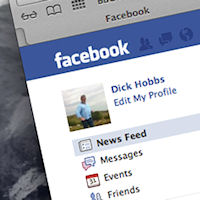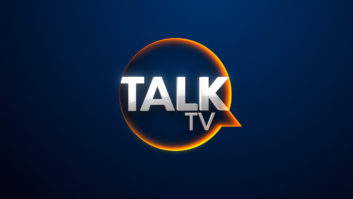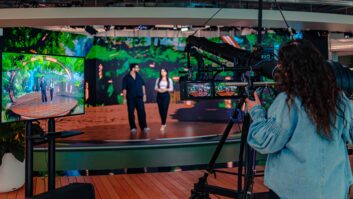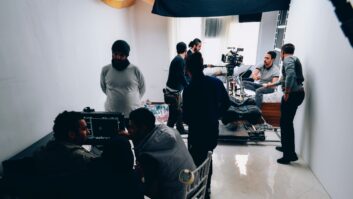
Attitudes to social media among the general public – and particularly those politicians who feel the need to react to each passing event – is currently confused. Just a few months ago the dramatic events in Egypt, which triggered the so-called Arab Spring, were hailed as the “Facebook revolution”, and a triumph for democracy.
Yet in the riots which marred London and other UK cities at the beginning of this month, social media was seen as the villain of the piece, with jail sentences of four years being handed out to two men who attempted to organise rioting on Facebook, even though their attempts proved unsuccessful.
Sorting through this dichotomy is just one of the issues that will be tackled at IBC this year. Social media, and the impact of multi-screening on the broadcast community, is one of the leading topics in the conference. A keynote speech will be given by Joanna Shields, Facebook vice president and managing director for EMEA.
Social media cannot be ignored. Forecasters predict that Facebook will reach one billion users next year, half of the total global online population. YouTube adds 13 hours of content to its catalogue every minute of every day, and its users view 150 billion minutes of video a month, the equivalent of four million television channels.
The IBC debate – on the exhibition floor and in the bars and cafes as well as the conference – must address the challenges for broadcasters, who have to find ways of engaging with their audiences through online services and social networking. Audiences expect it, but as yet there is little in the way of commercial justification. It is an additional operating cost without significant additional revenues.
So it impacts on future technology strategies and capital investment plans. To create additional content for additional platforms for no extra money, broadcasters have to adopt high levels of automation, certainly, but they also have to find ways of bringing new hardware and applications into the machine room.
Making all this work, then keeping it stable in an IT world where major upgrades can change all the rules – witness Final Cut Pro X – will tax designers of the finest system oriented architectures. Seeking solutions will make IBC2011 a vintage year.







